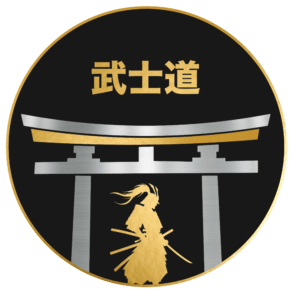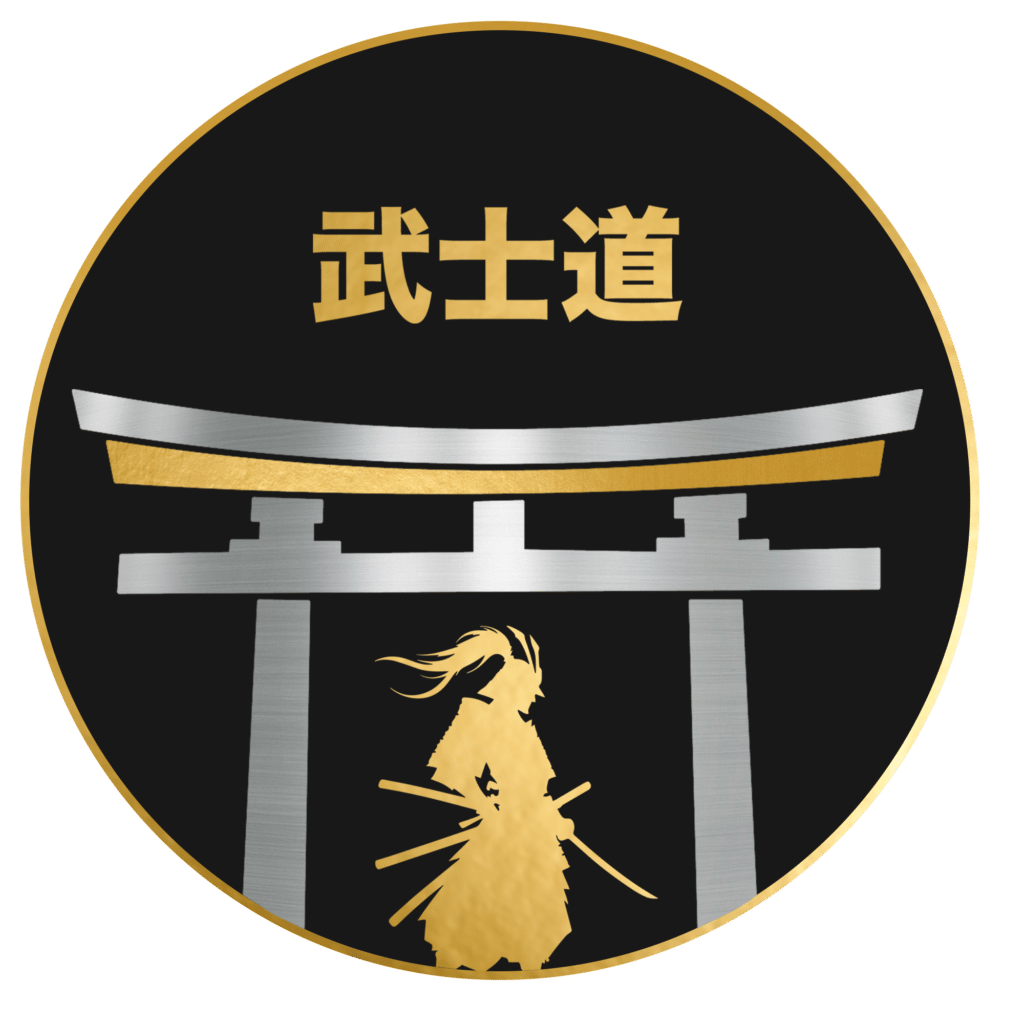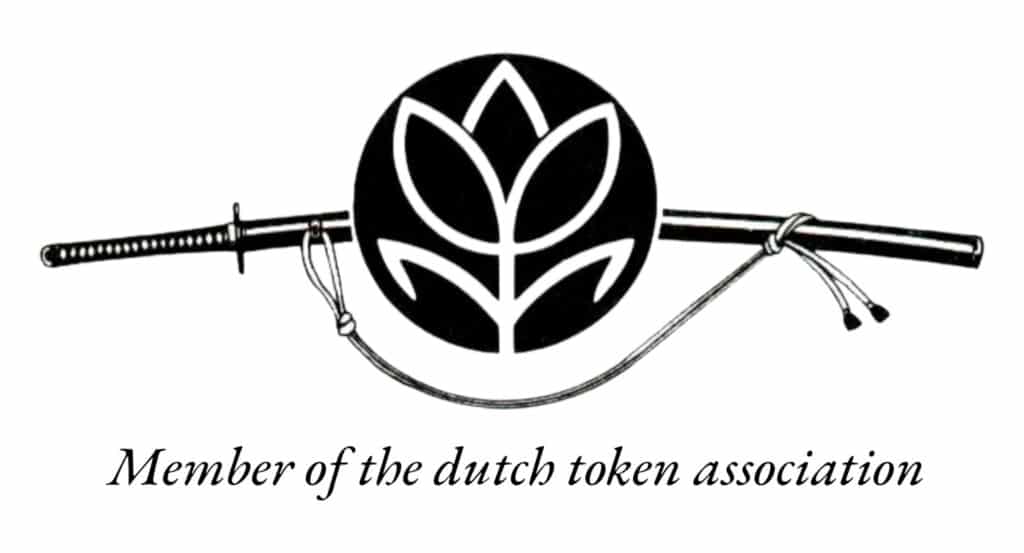The Rise of the Clans
During the Heian period, the once-mighty imperial authority began to fracture. Centralized power weakened as the elegant world of court politics drifted out of touch with the realities unfolding in the countryside. Meanwhile, violence simmered beyond the capital.
Local leaders—landowners and officials faced with banditry and contested claims—turned to warriors for survival. These warriors, the samurai, first served as protectors, then took on roles as enforcers, and soon enough, as rulers. Bound together by bloodlines or oaths of loyalty, they formed clans—tight-knit power blocs that would rewrite Japan’s future.
Clans such as the Taira and Minamoto rose through a mix of military service and strategic strength. They amassed titles, expanded lands, and accumulated influence. In time, some clans even eclipsed the power of court officials.
Warfare became a constant force. It forged discipline, rewarded cunning, and eliminated the weak. The surviving clans consolidated power, while those who faltered faded into obscurity.
By the close of the Heian era, the emperor still sat on the throne, but the true reins of power had slipped. No longer in the hands of graceful nobles, authority belonged to warriors clad in armor. This was the dawn of the samurai age.
Bushido and the Way of Control
Bushido—the way of the warrior—was far more than a set of combat rules. It acted as a guiding star for samurai leaders, providing structure amid the uncertainty of clan warfare and political intrigue.
At Bushido’s core was honor. For a clan lord, a promise made was a promise kept. Broken trust brought disgrace, while unwavering integrity was a source of strength. Loyalty bound armies during battle and held alliances together in peacetime.
Discipline was equally essential. It forged the sword hand and ordered the mind. Through focus, restraint, and vigilance, samurai shaped not only their combat techniques but the very order of their courts and provinces.
Bushido cautioned that power was no excuse for excess or cruelty. True authority demanded humility and resolute purpose. By following this code, samurai leaders maintained order—not just over lands and people, but within themselves.
This way, their rule was not only forceful, but purposeful—imbued with meaning beyond the tip of a spear.
Alliances Forged in Fire
Among the samurai clans, alliances were seldom born of affection. These were pragmatic arrangements—deliberate tools wielded for survival and ambition. Marriages sealed political bonds, treaties mapped new borders, and a common foe could transform competitors into temporary allies.
Each alliance carried its risks. Loyalty was never assumed; peace was little more than a pause. Still, these careful truces laid the groundwork for ascendancy. Sometimes even a weakened rival was worth more as a buffer, tilting the balance against an even greater threat.
Victory was often decided not just in open warfare, but in the quiet chambers where marriages were arranged and treaties were inked. A single alliance could reshape a family’s destiny—and the fate of Japan with it.
Trust was a luxury few could afford. Instead, usefulness sustained relationships; relevance kept promises alive. In this shifting world, every vow was a sharp edge, every handshake a calculated move.
Such alliances were wielded for advantage and maintained by necessity—truly, partnerships forged in fire.
Betrayals in the Shadows
Loyalty was a sacred vow among the samurai, but the lure of power often proved more persuasive. In the tangled world of feudal Japan, betrayals were as common as blades drawn in battle.
Few moments echo louder than the betrayal of 1582: Oda Nobunaga—on the verge of unifying Japan—was compelled to take his own life when his trusted general, Akechi Mitsuhide, turned on him within the quiet walls of Honnō-ji temple. Mitsuhide’s coup was thunderous, but his end came swiftly—hunted down and killed in less than two weeks.
Centuries before, the Hōjō clan demonstrated that betrayal could be more insidious than a swift attack. As regents, they gradually siphoned power from the Kamakura shoguns they served, reducing them to figureheads for nearly a century—until Emperor Go-Daigo, aided by Ashikaga Takauji, repaid their plotting in kind.
Takauji himself would desert his allies, helping crush the Kamakura regime only to establish the Ashikaga shogunate. In this unpredictable age, treachery became its own tradition. During the turbulent Sengoku era, the only certainty was the swiftness with which alliances dissolved. Today’s friend could be tomorrow’s executioner.
Behind every collapse lay a concealed blade—sometimes unsheathed in darkness, other times wielded by those who signed peace with ink. Yet always, they were aimed straight at the heart.
Power Struggles and the Rise of the Shogunate
With the imperial house weakened, violence ruled the land. Dominant clans filled the power vacuum, culminating in the epic struggle of the Genpei War between the Taira and Minamoto. When the dust settled in 1192, Minamoto no Yoritomo stood triumphant, granted the title of shogun—Japan’s first military ruler.
This marked a seismic shift. Power no longer flowed from Kyoto’s court, but from the might of Kamakura’s warriors. Leadership was earned by the sword—not by noble birth.
Subsequent centuries saw an ever-shifting chessboard of alliances and rivalries. The Ashikaga shogunate’s authority slowly eroded as regional daimyō carved out their own fiefdoms. Civil war, not peace, became the status quo.
Into this chaos stepped Tokugawa Ieyasu. Through decisive victory at the Battle of Sekigahara in 1600, he reunited the fractured land. His appointment as shogun in 1603 marked the dawn of the Tokugawa shogunate—a new age of order, stability, and near-total isolation from the outside world.
The shogunate became more than a military regime; it was an entire system. Samurai kept the peace, daimyō swore allegiance, and the emperor’s title grew ceremonial. Supreme power belonged to the shogun alone.
The old ways were transformed. From castle to countryside, Japan was now governed by the will of the sword.
Legacy of Controlled Chaos
For generations, samurai clans defined Japan’s destiny through war, loyalty, and structured discipline. They forged a culture in which survival depended on order amid chaos—lessons that became tradition over centuries.
This heritage persists far beyond armor and blades. The respect for hierarchy now threads through schools, businesses, and government, with lines of command echoing the old clan systems. Where some see deference, others recognize the enduring strength of clarity and defined roles.
From conflict, the samurai learned restraint. They prized decisive action and strong leadership, yet always valued strategy over needless violence. These values endure in the way modern Japan handles challenges—with calculated precision, method, and calm, even when pressure mounts.
The careful balance of controlled chaos gave birth to orderly institutions. From the turmoil of the past, a structured society emerged. The samurai themselves are gone, but their code continues to guide a nation shaped by centuries of discipline and resolve.





